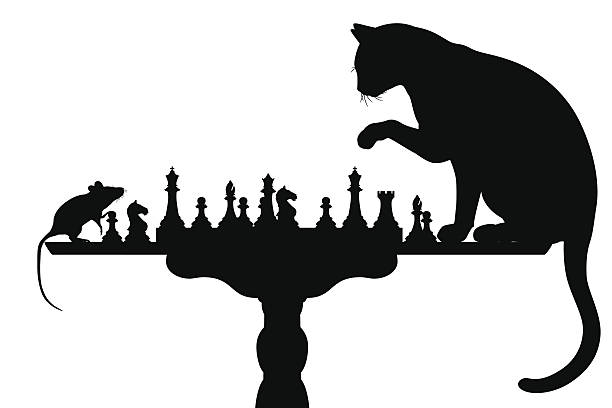

Institutional investors and high-frequency traders can benefit from each other’s presence. This is the case when investors demand liquidity and HFTs supply it. This however is not the end of the story.
For some of their largest orders, investors seem to trade on information. They for example discover that a stock is undervalued and decide to take a sizable speculative position. They trade into it through a series of buy orders. HFTs are eager to learn about these large, long-lasting orders and benefit. How? They will trade along with these orders to take the same speculative position (a long position in this case). Such “with-wind trading” however is costly to investors because if others join the trade then prices are pushed up more quickly.
The mice however are aware of the cats and tiptoe slowly.
This cat-and-mouse play is the overarching conjecture that inspired a major revision of my empirical paper with Vincent van Kervel: “High-Frequency trading around institutional orders.” We did further analysis on our sample that identifies the trades of four large institutional investors and ten large HFTs. The following findings generate some empirical support for the conjecture:
A word of caution, though. With-wind trading by middlemen most likely hurt investors long before the rise of HFTs. Middlemen have existed for centuries. One could even argue that with-wind trading was easier in human-intermediated markets because broker-dealers observed their client flow directly. It had to pass through their hands. Middlemen were not allowed to trade on this information but enforcement was extremely difficult (e.g., traders could tip each other off).
Tom and Jerry have been around for as long as I remember, but not as long as the play between investors and middlemen.
P.S.: The new version of the paper is here.